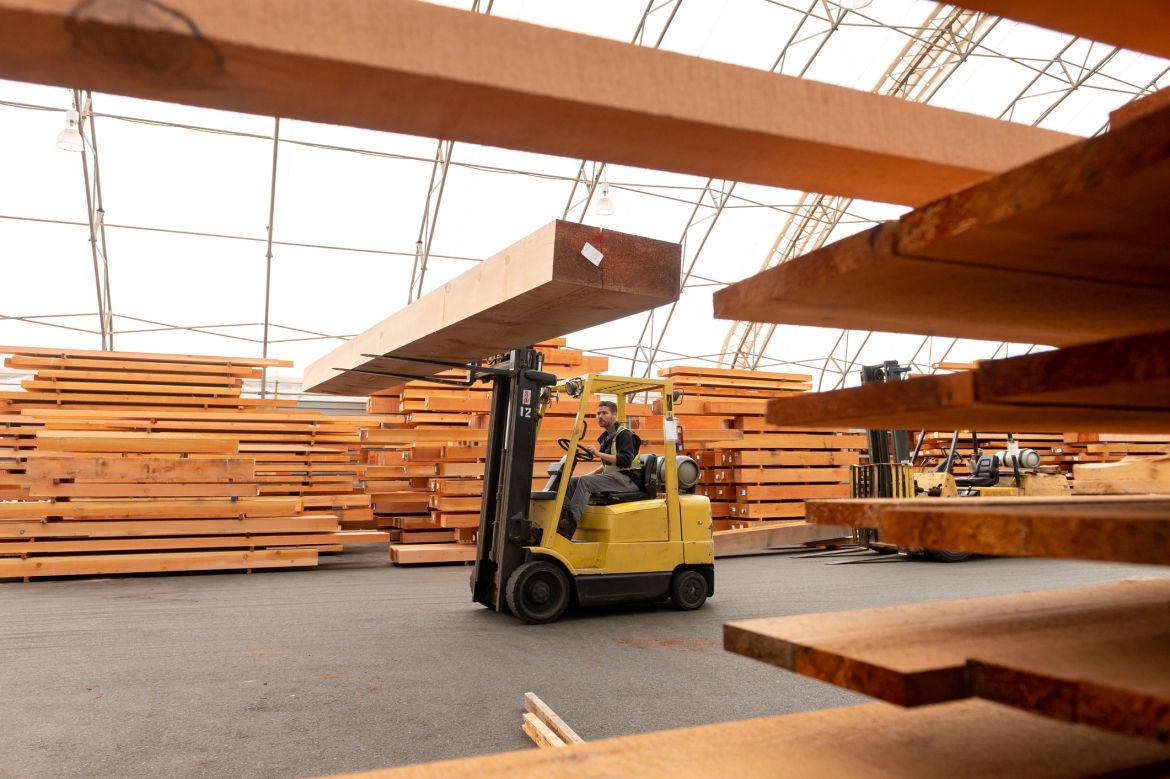Two studies have previously examined the union effect on workplace injuries in the industrial, commercial and institutional (ICI) sector of construction, using only data from Ontario's Workplace Safety and Insurance Board (WSIB). This study both repeats and extends these studies earlier methods, by using additional sources of data.
This project addresses important information gaps to provide a better understanding of the workplace and environmental factors associated with traumatic fatalities and critical incidents, which can be used for more targeted prevention activities, and better guidance to workplaces.
This mixed-methods study seeks to evaluate hazard awareness training delivered by Workplace Safety North to up to 10 workplaces. Workplace Safety North is a Health and Safety Association funded by the province of Ontario, with a focus on businesses in Northern Ontario.
This project will examine the job quality of injured workers in Canada. Its overarching goal is to provide a comprehensive and dynamic portrait of working life before and after work injury.
About 100,000 new businesses with one or more employees are created each year in Canada. Almost all start out as small businesses, which have been shown to carry high risks of injuries and fatalities. This study sets out to understand how occupational health and safety management is initiated by new businesses. Its aim is to fill in a research gap and help the prevention system in Ontario reach and support new businesses early in their lifecycle.
This study sets out to evaluate the implementation of an accommodation and reintegration program at a major urban police service. The goal is to improve program access and participation and, ultimately, the well-being of police officers.
This project will identify and examine the incentives for adults with disabilities that promote staying at or returning to work.
This project will identify and synthesize innovative school-to-work transition programs, practices and interventions for persons with disabilities that emphasize access to high-quality jobs and career success.
As part of the IDEA initiative, IWH is leading an evidence synthesis component to identify needs/challenges, knowledge gaps and existing evidence-informed tools and promising practices related to IDEA's objectives.
This project explores the role of champions in improving worker participation in workplace well-being programs.

